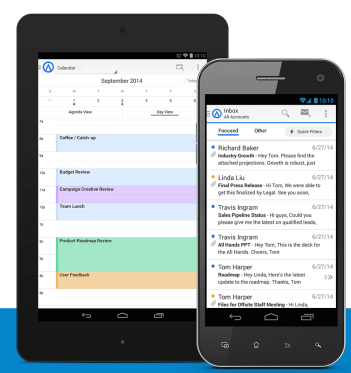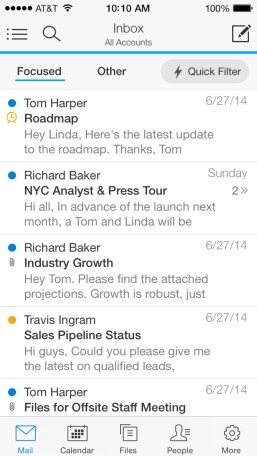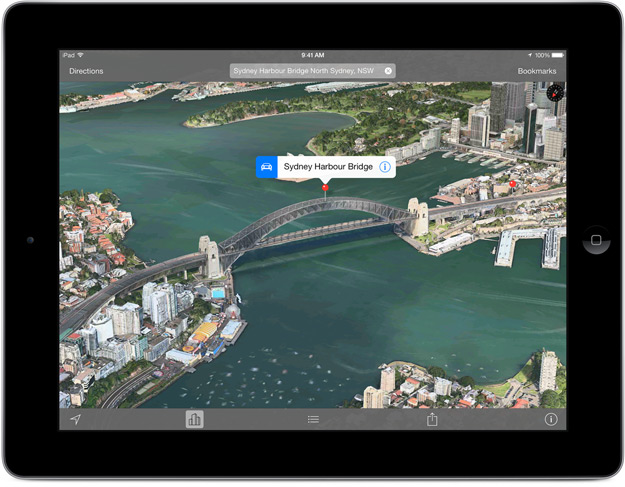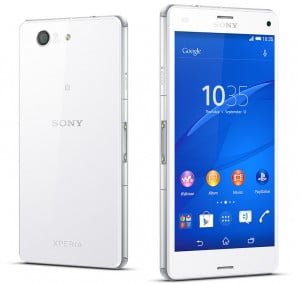Marketing teams of Operators claim different exceptional Data speeds and advertise the technology in a way far beyond the practical usage scenarios. Considering the Data growth/statistical figures and Data hunger smartphones, we at Telecom Talk have taken an initiative to check the Quality of 3G Data services provided by operators in real usage scenarios and we name it instant 3G check where speed tests are performed on smartphone with no background data/Sync active and at a location instantly. We have taken into account the situation of a normal user who access Data without any technical knowledge and all they know is they are using 3G Service provided by their respective operator.
Below is the table which gives details of respective operator’s speeds and other details:
If everything goes fine every time with service i don’t think CC are required. Just wanted to explain some troublesome situations with 3G Networks we faced while performing this quick check. Signal reception is very fluctuating between H+/H/E and couldn’t even fix to one single cell ID for at least 5 minutes there by the current android phones and the smartphones phones which don’t have 3G Only option in Network settings will have a worst 3G experience where the device will be trying to switch between alternate strong signals and eventually land to E if it’s the strong available signal, there by giving a pathetic customer 3G experience.
Scenario 1: We faced the same condition with Aircel and while testing the speeds the device latched to E and it was very troublesome for us to perform the check. So, we took another device which have 3G only option got it latched to 3G and performed the check and concluded at results. We have earlier faced this kind of situation with BSNL as well which is now seems to be fixed. So, customer pays for 3G and gets this patchy Network experience.
Scenario 2: While testing we also came across a situation with Airtel Network where the Device is latched to H and with full signal strength. It worked flawlessly for sometime and all of a sudden [You can notice from the 3rd trail result in table] the Down-link and Up-link stopped and I’m not even able to open Google on my phone. If this situation continues for longer times and the validity of the 3G Pack expires without utilizing my data balance, just wanted to know if operators are ready to accept this and refund my remaining data balance? So, customer is a victim in the end if not the case.
If more than a single CellID is mentioned in table, this means that device is latched to those sites while testing in progress.
Having very large customer experience centers, wondering if these type of situations are really monitored on big screens and acted upon quickly in case of issues?
Dear Readers, we thrive to perform these kind of Customer centric tests as often as possible by traveling across various circles. We just started with our DATA Centric Qos tests. If you want to share results with proofs in your circle you can mail me on Srikapardhi[at]telecomtalk[dot]info. Do let us know how are you enjoying the Quality of 3G Services via comments. We may be covering such kinds of tests repeatedly in different/same circles at different locations.
Note: Time of the tests/Network issues/exact Geo Location is out of the scope of our tests. Tests are performed in Locations of availability of 3G Network. Devices taken for testing have the speed/technology as tabulated. Maintenance of a cell site/performance/defective cells are also out of the scope of this article. The only scope we consider is the final quality of service a end user experiences.



 A comprehensive review of how well Acompli’s Focused Inbox works isn’t really possible at this time because email curation and prioritization like this takes more than a few days of training before you can really tell how smart a company’s algorithms can become.
A comprehensive review of how well Acompli’s Focused Inbox works isn’t really possible at this time because email curation and prioritization like this takes more than a few days of training before you can really tell how smart a company’s algorithms can become. But when it’s enabled, by default, you’ll only receive push notifications for your “Focused” messages, and the app’s icon will only display a red badge for the unread items in this part of your inbox. More importantly, perhaps, to email purists, is that none of what Acompli’s doing to re-arrange your email will be reflected in your main email client itself – it’s just giving you a more actionable mobile view.
But when it’s enabled, by default, you’ll only receive push notifications for your “Focused” messages, and the app’s icon will only display a red badge for the unread items in this part of your inbox. More importantly, perhaps, to email purists, is that none of what Acompli’s doing to re-arrange your email will be reflected in your main email client itself – it’s just giving you a more actionable mobile view.






